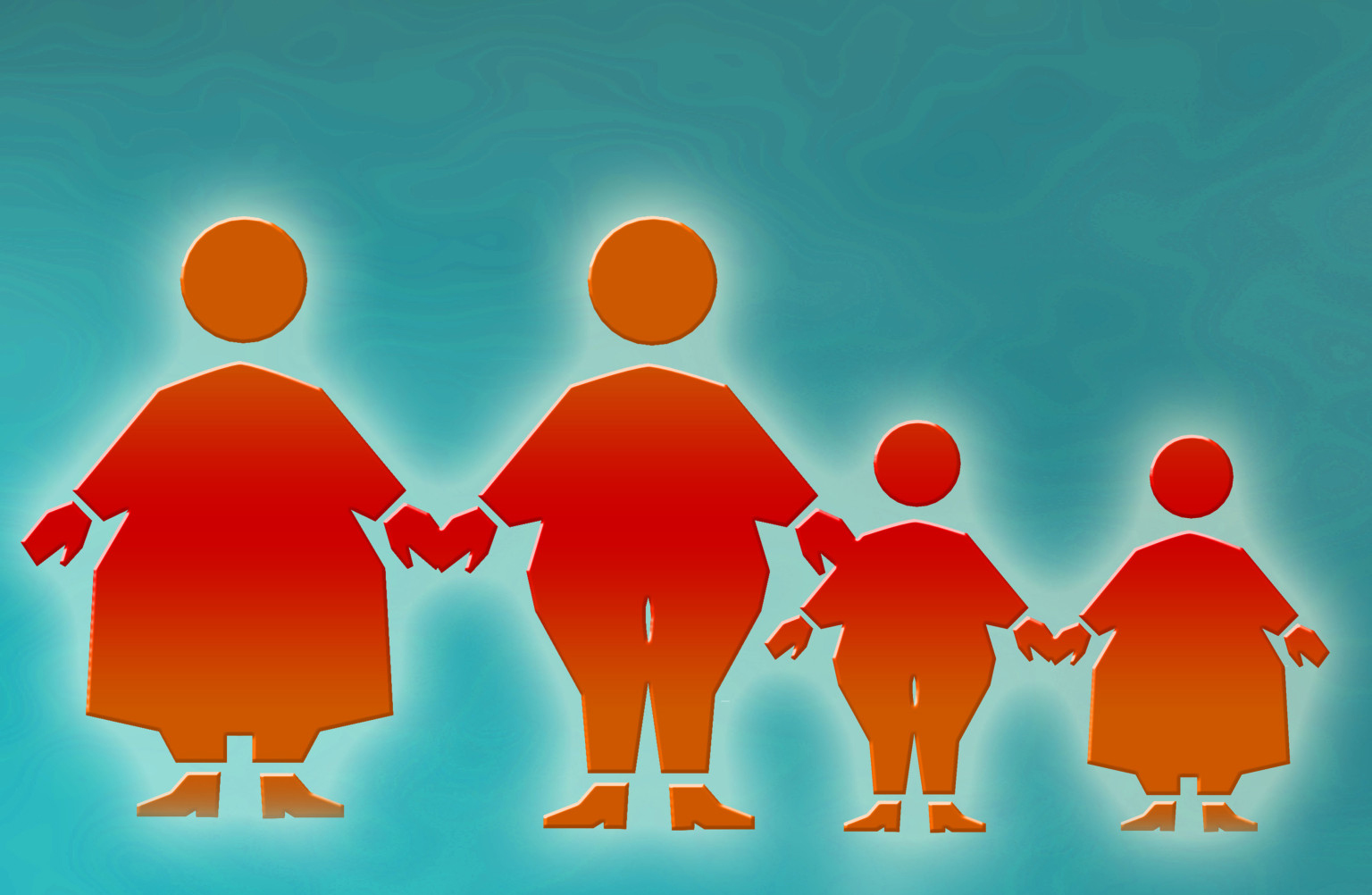A 2016 study on overweight and obesity in Iran indicated that the country is among the most obese with 19% of boys and girls suffering degrees of obesity.
Official data says 21% of urban and 13% of rural children aged 7-18 suffer from excessive fat accumulation.
According to Abdorreza Norouzi, expert at Tehran University of Medical Sciences, the incidence of obesity among children and young adults is higher in the northern provinces probably due to easy access to energy-dense foods but less common in the southern regions.
“Tehran is also among the obese cities with 35% of children suffering from the condition,” he told a press conference of the upcoming seminar on obesity and diabetes, IRNA reported.
Traditionally in Iran obesity in children is associated with good health and it is believed that chubby kids are healthy and cute.
Childhood obesity has immediate and long-term impact on physical, social, and emotional health. Children with obesity are more likely to be bullied and teased by other children, and are vulnerable to suffering from social isolation, depression, and lower self-esteem.
They also are at higher risk of chronic health conditions and disease that impact physical health, such as asthma, sleep apnea, bone and joint problems, type 2 diabetes and heart disease.
Experts have warned that if the problem continues unabated, Iran has to brace for a sudden increase in the incidence of non-communicable diseases among adults in the next 30 to 40 years.
Childhood obesity is also associated with having obesity in adulthood, which is linked to a plethora of serious conditions and diseases including metabolic syndrome and several types of cancer.
Adult Conditions Better
Overweight prevalence in adults is less serious. Iranian adults are less obese than people in Turkey, Iraq, Egypt and the Persian Gulf Arab countries.
“Nevertheless, 17% of mortalities in the country, apart from accident deaths, are indirectly caused by overweight,” said Norouzi.
According to Ahmadreza Soroush, head of Tehran’s Shariati Hospital and secretary of the seminar, 30% of women and 15% of men in Iran have degrees of overweight and 500,000 Iranians need to undergo surgical procedures.
“Weight loss surgery is the last solution to obesity after physical activity, changing lifestyles and drug therapy,” he said.
Each year, over 7,000 weight loss surgeries are conducted in Iran. The operation costs between 100 and 300 million rials ($2,600 and $7,900).
In spite of the low risks of the surgery, Soroush called on people to opt for alternative methods of weight control to avoid changes to the natural structure of the bodies.
“After the age of 20, a weight gain of 200 grams each year is natural but more than that is considered unhealthy and has to be controlled,” he said.
He also warned people about herbal tea and medicine advertised for weight loss.
“The herbal tea sold with Health Ministry permits is not meant to help lose weight but are recommended for improving general health,” said Soroush.
He added that some teas in the market are in fact chemical drugs to which some herbs have been added to look like tea. Many of the advertised drugs also cause weight loss through increased urination and water loss.
The World Health Organization declared obesity and overweight as major health risks and in 2012 obesity was categorized a disease.
Global Statistics
Childhood obesity is one of the most serious public health challenges of the 21st century. The problem is global and is steadily affecting many low- and middle-income countries, particularly in urban areas.
The prevalence has increased at an alarming rate. Globally, in 2015 the number of overweight children under the age of five was estimated to be over 42 million. Almost half of all overweight children under 5 lived in Asia.
In 2014, 11% of men and 15% of women were obese (BMI ?30 kg/m2). In 1975 the figure was 3% in men and 6% in women.
Causes of obesity include increase in use of technology, increase in snacks and portion size of meals, and decrease in the physical activity of children.


